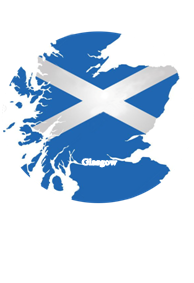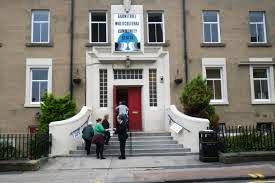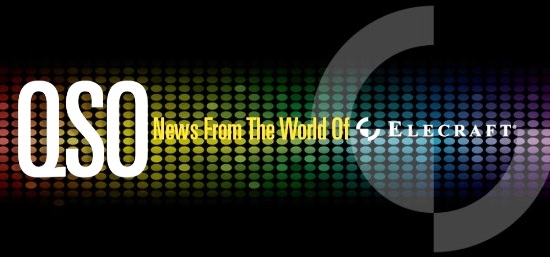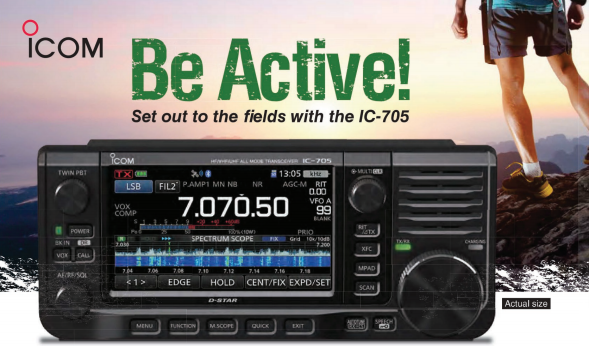
Photo: FADEL SENNA/AFP/Getty Images
How did Neil Armstrong communicate with Earth after stepping on the moon’s surface and say his famous words?
The PLSS life support backpack contained a VHF band radio which transmitted voice and biosensor data from the spacesuit to the LEM communications system, and voice signals from the LEM to the suited astronaut. The LEM communications system, then communicated voice and bio sensor signals with Earth using S-band, a UHF frequency range widely used in space because of its ability to pass through Earth’s ionosphere without distortion or reflection.
All voice communication was amplitude modulated, which is why it carried readily recognizable AM signal distortions and noise. The S-band transmitter that talked to Earth also acted as a transponder, responding to coded ranging signals from Earth which were used to accurately measure the distance from a ground station on Earth to the LEM. Voice and data could also be routed through the CSM in orbit, and there stored on the DSE recorder for later spooled delivery to Earth, though I don’t know that this was actually done with lunar EVA data.
The VHF transceivers had two channels, and communications between the LEM and suited crewmen were “duplex,” meaning each could transmit simultaneously to the other. Ground transmissions, on the other hand, were “simplex,” and the characteristic Quindar tones were used to simplify single-channel (you talk, then I talk) communication.
Communication between the LEM and astronauts performing EVA was facilitated by a small VHF antenna deployed by the first crewman down the ladder. On the surface, the crew deployed a large, umbrella like S-band antenna for beaming voice and data directly back to Earth without having to relay through the CSM and its high-gain antenna array.
On later missions, of course, a somewhat smaller deployable S-band antenna was carried by the Lunar Roving Vehicle.
Original Article Courtesy of FORBES.COM – HERE and QORA.COM .




